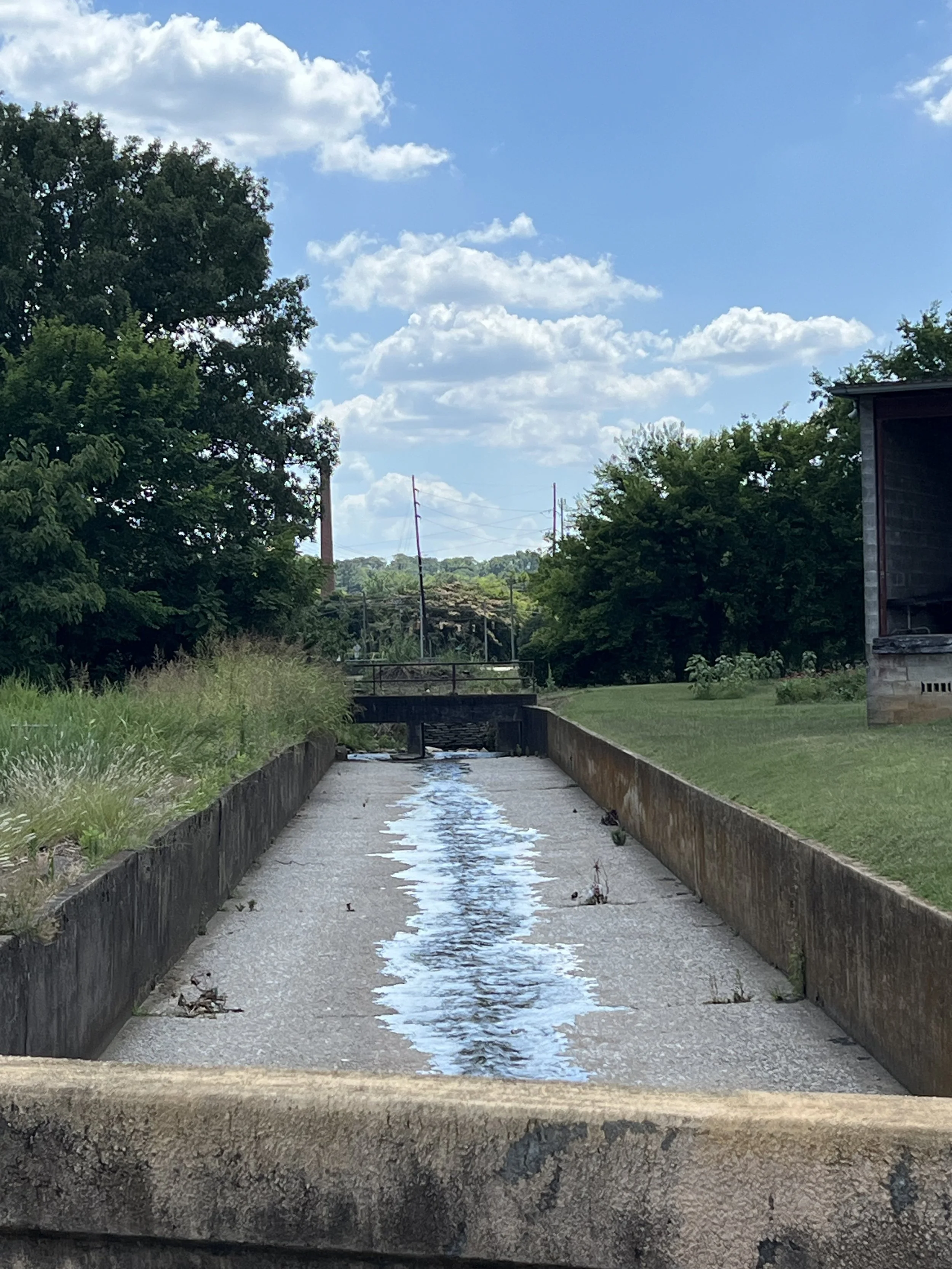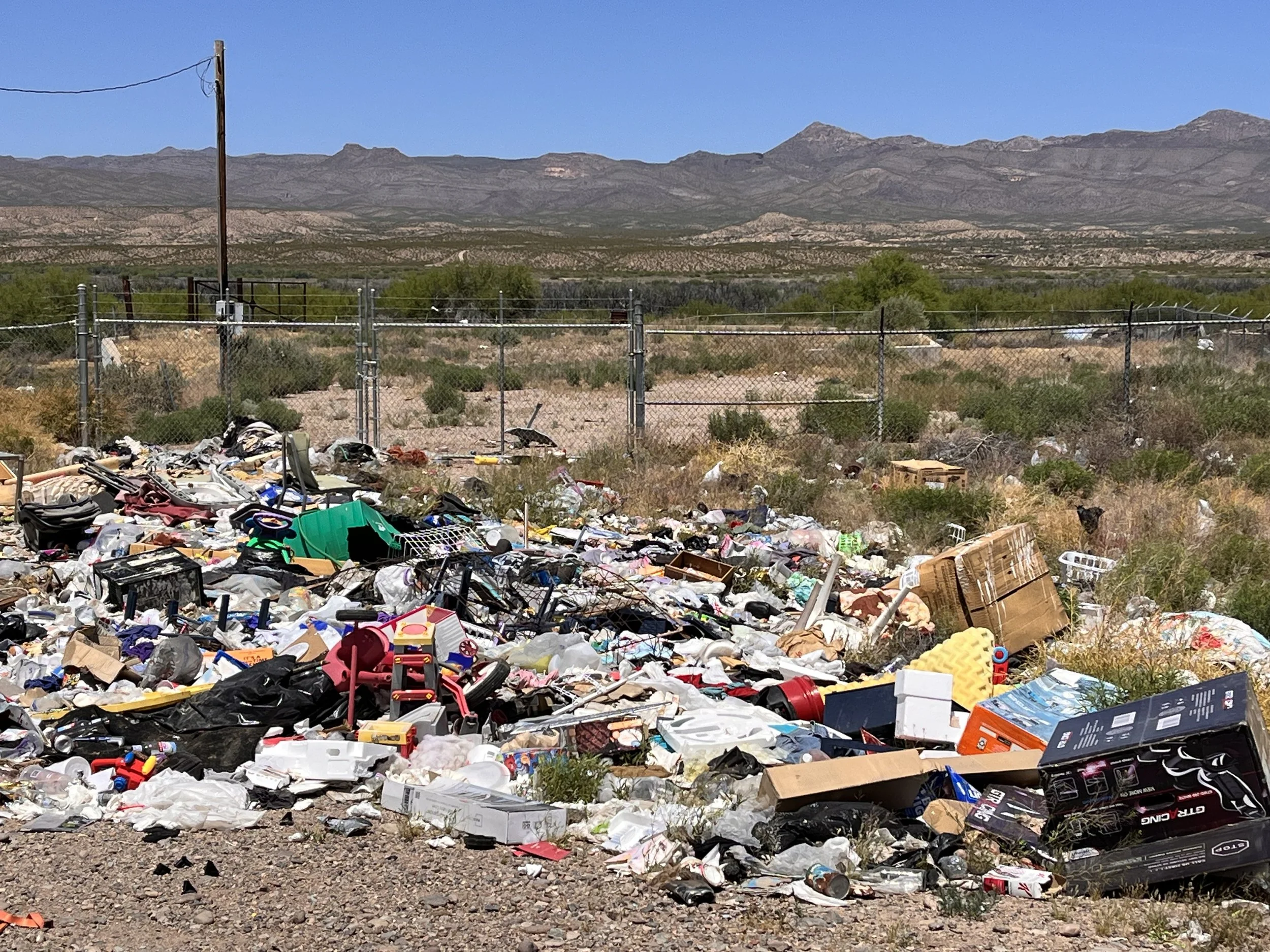PFAS Testing and Mitigation Funding for Tribes in EPA Regions 6 & 9
What are forever chemicals?
Forever chemicals are a class of chemicals that were manufactured for a wide range of consumer goods offering the properties of being water, stain, or grease resistant. This group of chemicals includes perfluoroalkyl and polyfluoroalkyl substances and are often referred to as “PFAS.” As the term indicates, these chemicals do not break down; therefore, they persist forever in our environment and in our bodies. They are a threat to human health, causing any number of health problems such as cancer, liver damage and thyroid problems. Exposure is especially dangerous during pregnancy and early childhood.
The greatest concentrations of PFAS contaminants have been found near military bases, airports and places where the chemicals were made or used (such as where fire foam has been used), or where the consumer goods have been collecting, such as landfills. Published and maintained by the Environmental Working Group, the map to the left provides information on PFAS/PFOA/PFOS water contamination across the United States. This is a good place to start your journey to assess PFAS contamination risk to your Tribe. Go to the Environmental Working Group’s page to learn more.
Funding for Tribes: You might be looking for funding if you have determined that your Tribe is at high risk for PFAS contamination and you need testing, or you have already identified contaminants and need to pursue contamination mitigation.
EPA Region 9 offers several programs to test and mitigate PFAS, including two Drinking Water Tribal Set-Aside (DWTSA).
The Drinking Water Tribal Set Aside (DWTSA) and Emerging Contaminants in Small or Disadvantaged Communities (EC-SDC) grants largely provide funding for different PFAS testing (including lab equipment), for evaluation, assessment, and planning for PFAS mitigation. Applications for both of these grants are due by December 6, 2024.
The PFAS Tribal Drinking Water Sampling Project also offers PFAS sampling for public water systems on Tribal land. More information will be made available in fall of 2024 when the next solicitation for CWISA funds in Region 9 is released.
EPA Region 6 also provides programs to identify and alleviate PFAS contamination.
The Drinking Water Infrastructure Grants Tribal Set Aside (DWIG-TSA) program provides funding to address PFAS and other emerging contaminants in water systems serving Tribes. Due to the 2016 Water Infrastructure Improvements for Nations Act, funding has been expanded to include training including operator certification.
The Emerging Contaminants in Small or Disadvantaged Communities (EC-SDC) grant program will provide states and territories with grants to public water systems in small or disadvantaged communities to address emerging contaminants, including PFAS.
Region 6 also offers technical assistance through contract for sampling, engineering support, and other assistance with PFAS and emerging contaminants.
Overview and Background on Federal Funding
The Bipartisan Infrastructure Law (BIL), passed in November 2021, offered $50B—a large portion of which provided a new avenue of investment in the water sector through the Clean Water and Drinking Water State Revolving Funds (CW-SRF). Additionally, BIL provided $868M to address long standing Tribal drinking water and wastewater needs. A Tribal set-aside for five different appropriations of grant funds was created including the Clean Water Indian Set Aside (CWISA) Emerging Contaminants for $16M annually for five years, a total of $80M. To learn if your Tribe qualifies for CWISA funds, identify and reach out to your CWISA Program Contact.



